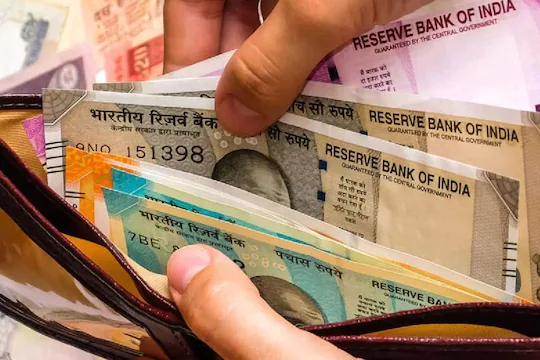Small-cap funds have a high risk/high reward ratio, which means investors with high risk can invest in small-cap funds using the SIP method.
New Delhi. According to AMFI, an association of mutual fund companies, small-cap funds are the only funds where there has been a marginal increase in positive inflows, while all other major categories of equity fund inflows have declined in July. Positive inflows into small-cap funds rose 10.11% to ₹1,779.45 crore from June to July.
Small-cap funds have a high risk/high reward ratio, which means investors with high risk can invest in small-cap funds using the SIP method. Here are 3 small-cap funds that have made a monthly systematic investment plan ie SIP of Rs 10,000 in a span of 3 years to more than Rs 6 lakh.
Nippon India Small Cap Fund – Direct Plan
This fund was launched on January 1, 2013. This fund has been rated 4 star by Value Research. Its AUM as on June 30, 2022 was Rs 20362.58 crore. Whereas till August 12, 2022, its NAV was Rs 95.19. The fund has an expense ratio of 1.04%, which is quite high as compared to other funds in the same category.
Kotak Small Cap Fund – Direct Plan
This fund was launched on January 1, 2013. This fund has been rated 4 star by Value Research. Its AUM as on June 30, 2022 was Rs 7783.8 crore. At the same time, till August 12, 2022, its NAV was Rs 184.49. The fund has an expense ratio of 0.59% which is lower as compared to most other small-cap funds.
Edelweiss Small Cap Fund – Direct Plan
This fund was launched on February 7, 2019 and is currently rated 4-star by Value Research. Its AUM as on June 30, 2022 was Rs 1216.7 crore. At the same time, till August 12, 2022, its NAV was Rs 26.1. The fund has an expense ratio of 0.57%, less than a majority of other funds in the same category.
(Disclaimer: The stocks mentioned here are based on the advice of brokerage houses. If you wish to invest in any of these, please consult a Certified Investment Advisor first. businesslesgue is not responsible for any profit or loss caused by you. Will happen.)


